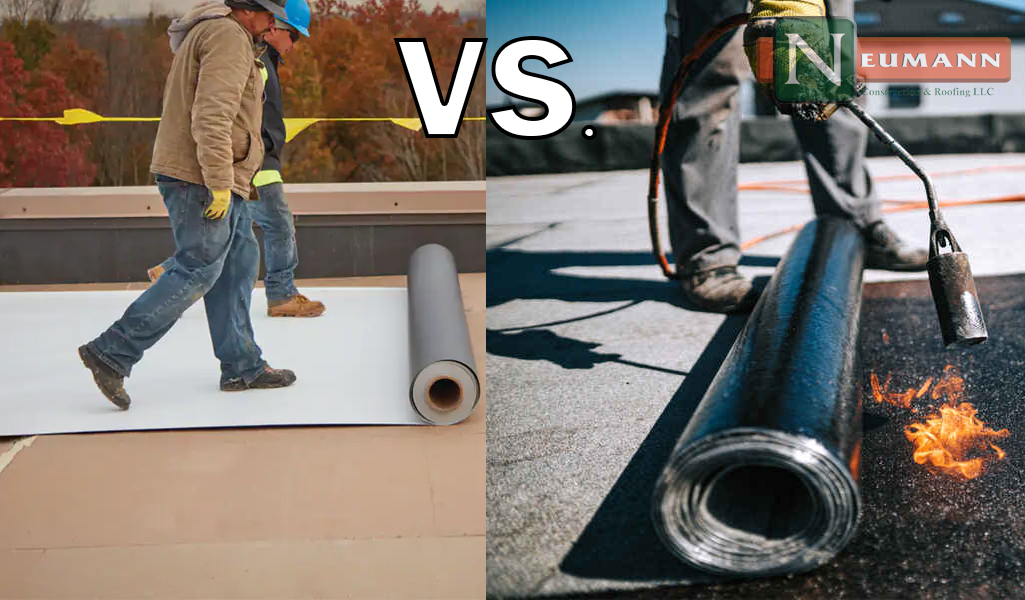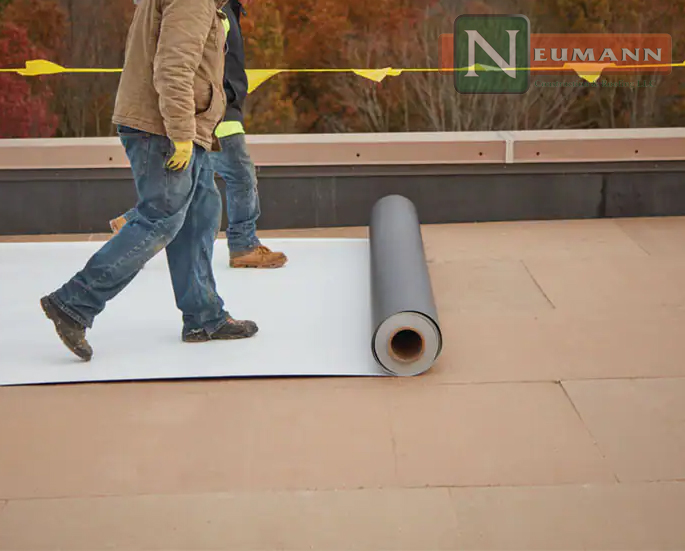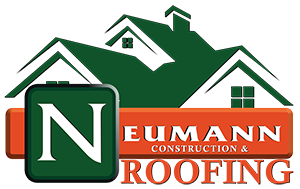Navigating the labyrinth of roofing options amidst Florida’s sweltering heat, sudden rainstorms, and stringent building codes can be a daunting task. Fear not, for we are here to simplify this decision-making process by pitting two popular contenders against each other: TPO (Thermoplastic Olefin) and Modified Bitumen roofing. At Neumann Construction & Roofing, we aim to illuminate the path toward the ideal roofing solution for your needs.

TPO Roofing: Shedding Light on a Modern Solution
TPO roofing stands tall as a single-ply membrane roofing system, gaining significant traction in the commercial sector in recent years. Its allure lies in its ability to reflect heat and resist UV rays, making it particularly appealing in the sunny climes of Florida.

The Pros of TPO Roofing
TPO boasts several notable advantages, including its cost-effectiveness, straightforward installation process, and superb heat-reflective properties, which can translate into substantial savings on cooling expenses. Moreover, TPO earns eco-friendly credentials as it is 100% recyclable and devoid of harmful chemicals.
The Cons of TPO Roofing
However, TPO roofing is not without its flaws. Quality discrepancies among manufacturers, a relatively shorter lifespan compared to alternative materials, and the risk of seam failures and leaks due to improper installation are some of the concerns associated with this roofing option.
Modified Bitumen: A Sturdy Contender
In the realm of commercial roofing in Florida, Modified Bitumen emerges as a stalwart choice renowned for its durability and adaptability, catering to diverse architectural designs.

The Pros of Modified Bitumen Roofing
Modified Bitumen roofs earn accolades for their resilience and exceptional weather resistance. Their repairability and minimal maintenance requirements offer potential long-term cost savings. With proper upkeep, these roofs can faithfully serve your property for two decades or more.
The Cons of Modified Bitumen Roofing
Nevertheless, Modified Bitumen comes with its own set of drawbacks. Installation can pose challenges, demanding a high level of expertise. While traditional black Modified Bitumen absorbs heat, leading to increased cooling expenses, lighter-colored or coated variants are available, offering enhanced heat reflectivity.
The Verdict: TPO vs. Modified Bitumen
The choice between TPO and Modified Bitumen hinges on your specific needs and priorities. Opt for TPO if affordability and environmental sustainability top your list, whereas Modified Bitumen might be the preferred option if longevity and resilience are paramount.
Cost Considerations: TPO vs. Modified Bitumen
When evaluating the total cost of a roofing system, it’s crucial to factor in not only the upfront installation expenses but also long-term maintenance costs and potential energy savings derived from heat reflectivity. While TPO roofing typically presents a more budget-friendly initial investment, its shorter lifespan may necessitate more frequent replacements compared to Modified Bitumen. Conversely, although Modified Bitumen entails a higher upfront cost, its enduring durability and minimal maintenance requirements can offset these expenses over time. Furthermore, the availability of lighter-colored or coated versions of Modified Bitumen enhances heat reflectivity, potentially curbing cooling costs, especially in the sun-drenched landscapes of Florida. Ultimately, the total cost outlay varies depending on the scale and complexity of your project, underscoring the importance of seeking professional guidance for accurate estimations.


